The recent discovery of a sinkhole in Perth’s Canal Street turned out to be a window into the city’s past.
Drones, sent under the road to investigate the damage, returned with rarely-seen images of the old Town Lade.
It was a reminder that Perth is rich in history.
And now a new book is offering plenty more pointers for anyone who wants to find out more.
Secret Perth by Gregor Stewart is packed with stories and images, which encourage readers to look anew at familiar surroundings.
From its Roman origins, through royal assassinations, plague and witch trials, it’s an eye-opening reminder that there’s history round every corner in Perth.
And here are just a handful of highlights.
1. In the footsteps of Romans
The Romans reached the banks of the Tay around AD 79, and constructed their famous Bertha Fort near the River Almond to the north.
However, some believe the grandest building of them all stood at the junction where the Watergate meets the High Street in Perth city centre.
During construction work in the late 18th Century, stonemasons reportedly found two stone arches three feet below street level, writes Stewart.
Beneath these were two grand chambers – possibly the remains of a temple, in which Agricola himself may have worshipped.
The site is marked on earlier maps as being the ‘supposed site of a Temple of Mars’, says the author.
And some believe this was one of three temples built by the Romans.
The other two were in Bangor, dedicated to Mercury, and in Cornwall, dedicated to Apollo.
2. North Port flood devastation leads to stronger defences
Perth is no stranger to flooding. And it’s not a modern phenomenon.
A plaque on the wall at North Port indicates the likely site of the city’s castle, before it was destroyed by floods in 1210.
Perth’s diminished defences left it open to attack, and it fell under the control of King Edward in 1296.
Under his direction, a series of robust defences were built, including the Town Lade and a wall and moat fed by the River Tay.
These would hold until King Robert the Bruce reclaimed Perth – at the second attempt – following a six-week siege in 1310.
Perth was finally back in the hands of the Scots. But this was not good news for the townsfolk.
Stewart writes: “Bruce ordered that the town be ransacked and the walls, along with anything that may have remained of the castle, completely destroyed.”
3. North Inch drama, and a waste of Perth taxpayers’ money
Today its conflicts are largely confined to the rugby pitch or the golf course.
But on September 28 1396, the North Inch was the scene of a battle, the likes of which was never seen again.
The Battle of the Clans was the last “judicial combat” to be held in Scotland.
It was organised to resolve an internal feud, writes Stewart.
And it involved 30 men on either side, each chosen by their clan chiefs for the dubious “honour” of a fight to the death.
Stands were built for the public, along with a viewing platform for King Robert III.
And trumpeters and pipers whipped the crowd into such a frenzy that when one side turned up a man short, a spectator volunteered to stand in, in return for a gold coin.
It ended when the last man alive on the Clan Cameron side jumped into the River Tay, rather than face the remaining 11 from Clan Chattan.
A memorial stone at the North Inch marks the scene of the battle today.
Did it do any good?
Stewart has his doubts.
“All that was achieved was the loss of the best fighters on both sides – at the expense
of the Perth taxpayers,” he writes.
4. High Street building has dark past, and hopefully bright future
The North Inch and South Inches both figure in one of the darker chapters of Perth’s history.
The two parks were where people accused of being witches were executed, before the Witchcraft Act was finally repealed in 1735.
Prior to their grisly deaths, the accused were mainly held in the tolbooth.
These buildings were common across Scotland and usually featured a debating chamber for the town council, a courtroom and a jail.
The Perth tolbooth was demolished in 1839.
It stood on the corner of High Street and Tay Street and was replaced by the town council administrative offices and police station.
The building is now set to become a boutique hotel after the council agree a deal to sell it to a developer for £1.
5. Bonnie Prince Charlie slept here – or did he?
Just a few streets away, a plaque on the wall of the Salutation Hotel commemorates Perth’s connections to one of the most flamboyant historical characters of them all.
It’s debatable whether Bonnie Prince Charlie ever slept there.
But he did use a room (now named the Stuart Room after him) to meet and plan for the invasion of England during the final Jacobite uprising in 1745.
The Young Pretender and his troops arrived in Perth that September.
There, he joined forces with James Drummond, Duke of Perth, and Lord George Murray.
The prince stayed in Perth for around a week, during which time he had his army
perform military drills on the North Inch.
We’ll draw a veil over what happened next. But a Jacobite memorial at the North Inch marks the spot of his preparations today.
• For more on all these stories, and many more, Secret Perth by Gregor Stewart is published by Amberley Publishing at £15.99.
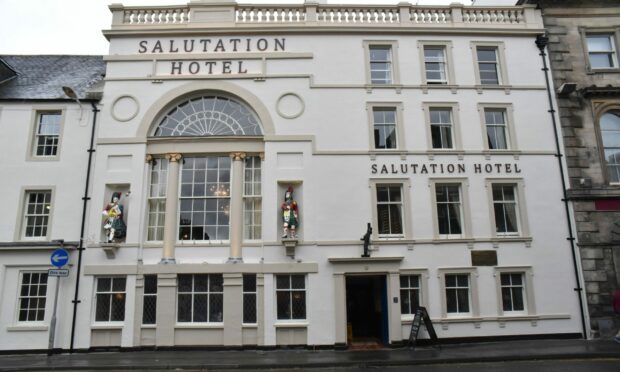
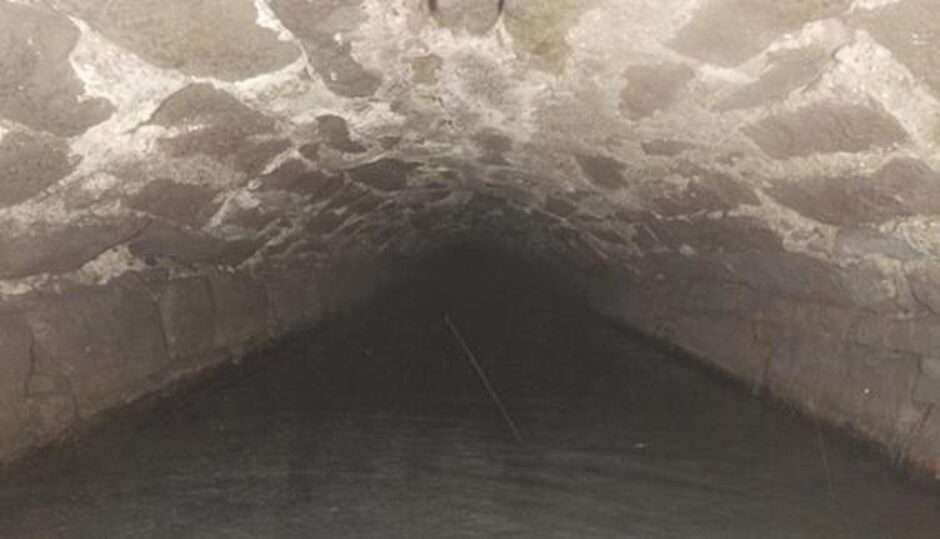


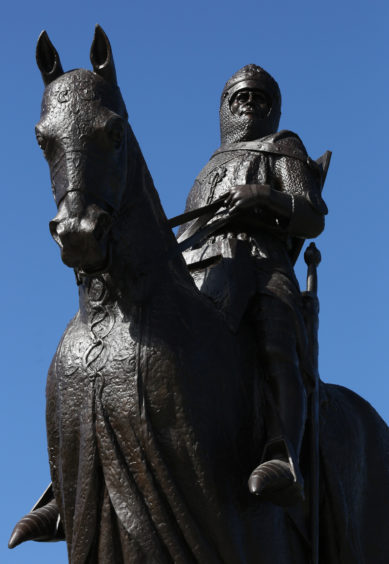


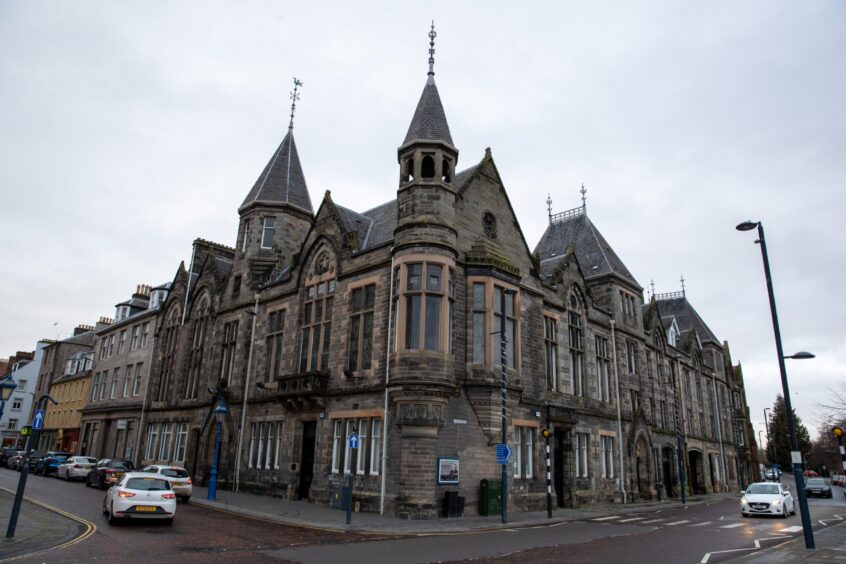
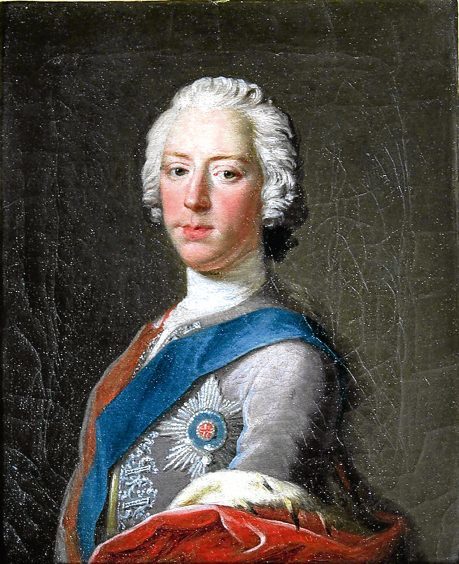

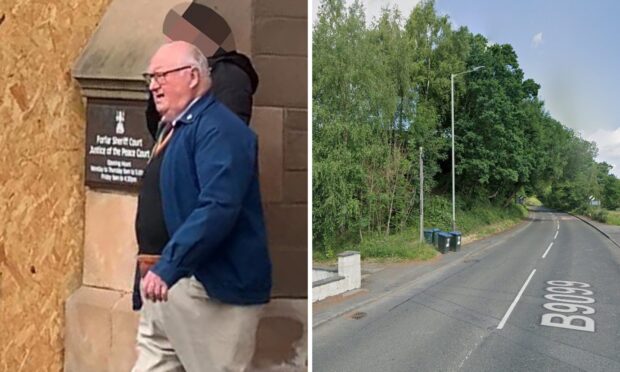
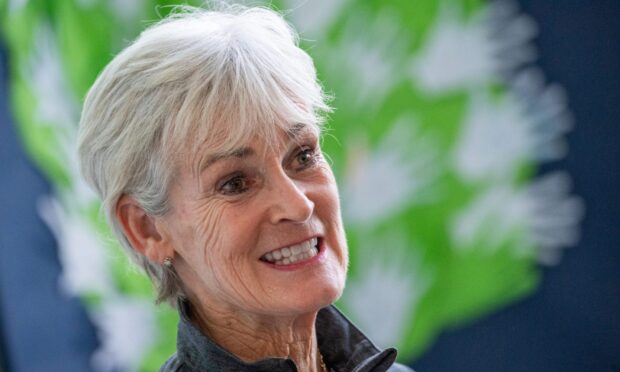
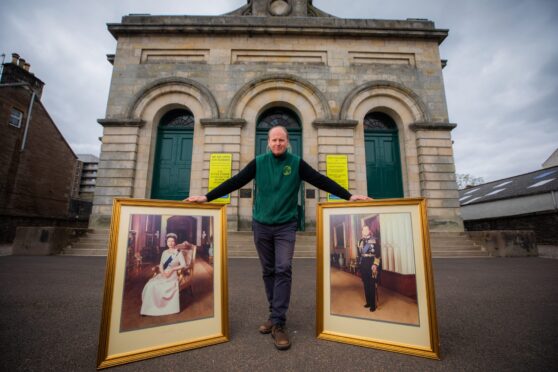
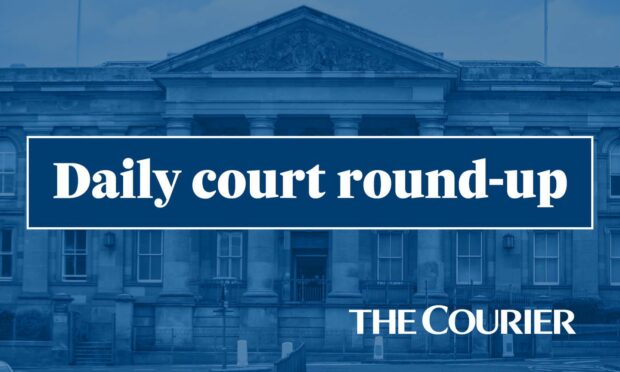
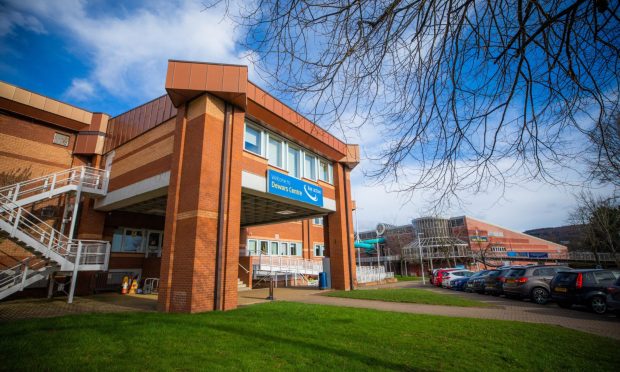
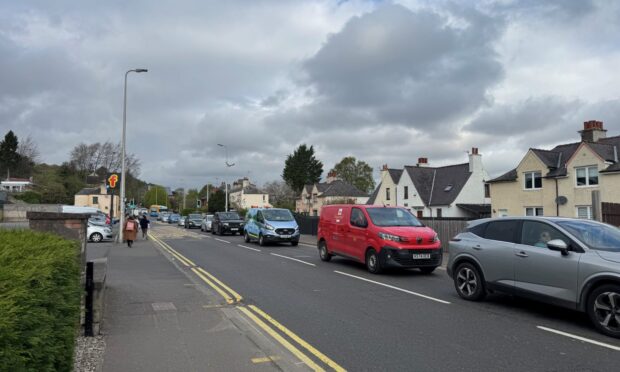
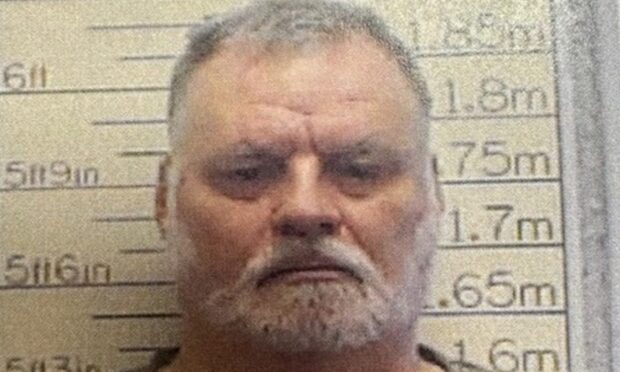
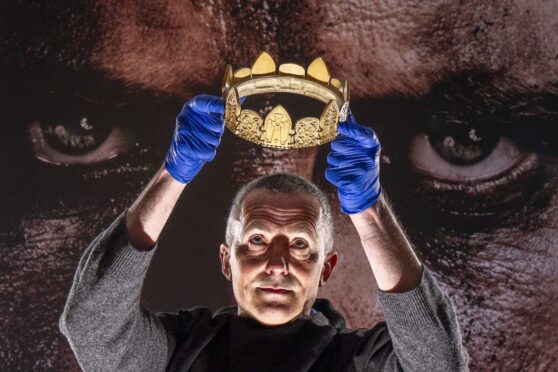
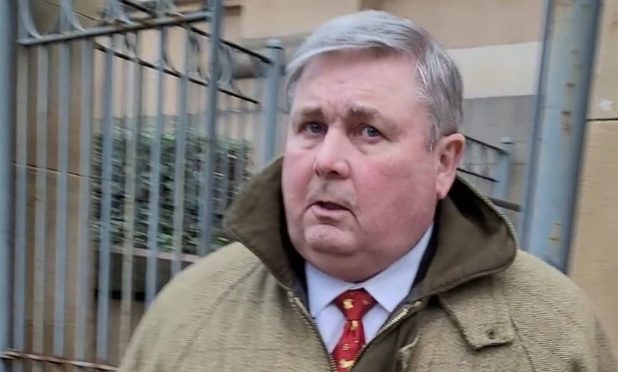
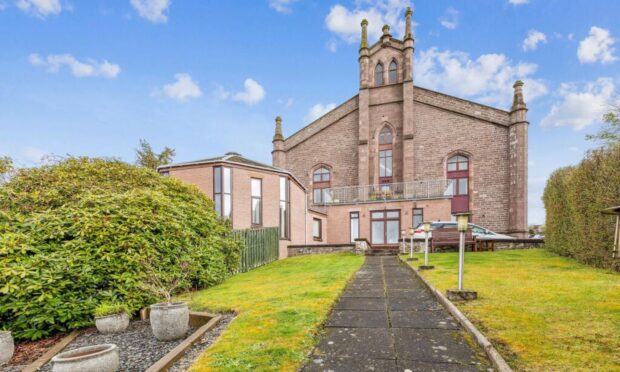
Conversation